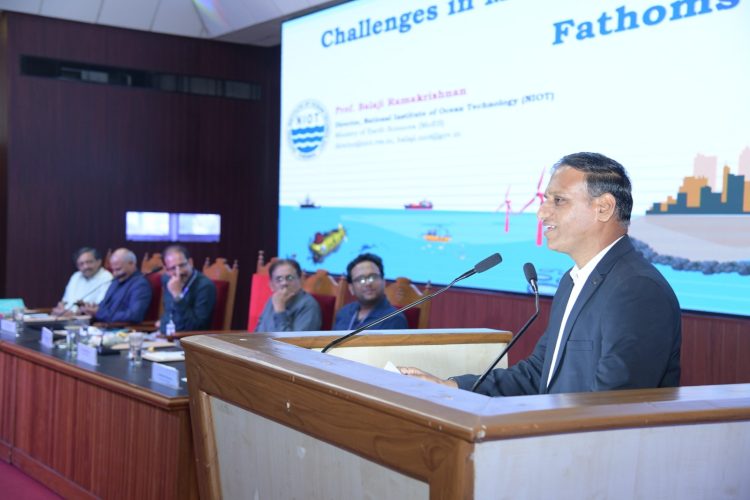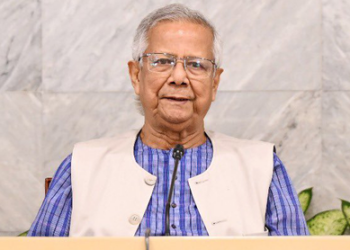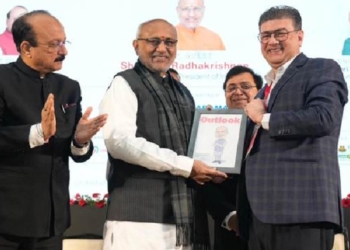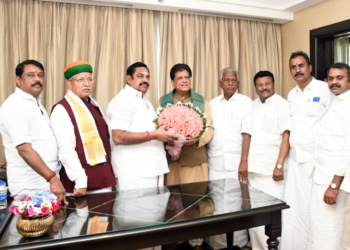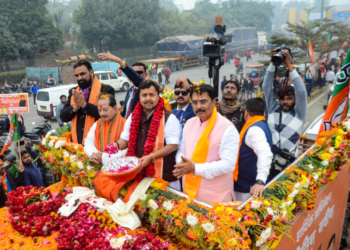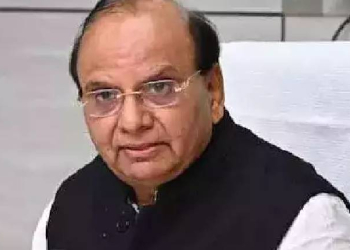Kochi: India’s first manned deep ocean mission, Samudrayaan, is expected to be launched by the end of 2026, marking a significant milestone in the country’s ocean exploration capabilities.
The mission will descend to a depth of 6,000 m using the indigenous submersible vehicle Matsya, said Dr Balaji Ramakrishnan, Director of the National Institute of Ocean Technology (NIOT).
Dr Ramakrishnan was speaking at the inauguration of a five-day national training programme on the role of fisheries in the blue economy, held at the ICAR-Central Marine Fisheries Research Institute (CMFRI) here on Tuesday.
The mission will enable deep-sea exploration with three scientists on board the Matsya submersible.
Weighing 25 tonnes, the fourth-generation vehicle is engineered to withstand extreme pressure and temperature, featuring a titanium hull and developed entirely with indigenous technology.
NIOT, functioning under the Ministry of Earth Sciences, is the nodal agency implementing the mission.
“This mission is expected to be a game-changer for India’s deep-sea research. It will facilitate the assessment of living and non-living marine resources, enhance ocean observation, and potentially open avenues for deep-sea tourism,” said Dr Ramakrishnan.
He added that a critical trial phase at 500 metres depth is slated for completion by the end of this year.
The descent and ascent for the mission will each take approximately four hours. The submersible will collect valuable biological and geological samples from the deep ocean, enabling scientists to study unique organisms and environmental conditions at those depths.
Highlighting another technological breakthrough, Dr Ramakrishnan announced the development of Samudrajivah, an innovation aimed at advancing large-scale offshore fish farming.
Currently in the demonstration phase, Samudrajivah comprises electronically monitored submerged fish cages designed for nutrient-rich deep-sea zones.
“Equipped with various sensors, Samudrajivah can remotely monitor fish biomass, growth, movement, and water quality parameters. This technology has the potential to significantly contribute to India’s food security,” he said.
The training programme is jointly organised by CMFRI and Vijnana Bharati (VIBHA).
CMFRI Director Dr Grinson George emphasised the importance of integrating NIOT’s technological advancements with CMFRI’s marine research.
“This synergy will be crucial for fostering a robust blue economy. There is also a pressing need to strengthen mariculture activities, including seaweed farming, and develop early warning systems for jellyfish and harmful algal blooms to support coastal communities,” he said.
(IANS)




